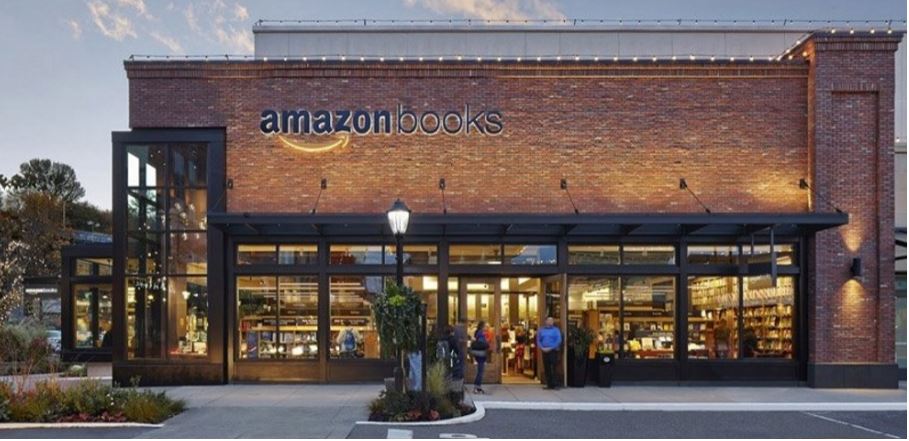By Ioana Neamt on October 10, 2016 in News
As brick-and-mortar and e-commerce companies continue to fight for consumers’ attention and dollars, today’s customer has a plethora of shopping options at his disposal. Though online sales are expected to reach $414 billion by 2018, according to Retail TouchPoints, the majority of all retail sales still occur in physical stores, pushing companies to try to offer their clients the best of both worlds. C onsequently, a lot of companies now use a variety of tools and technologies to attract customers and get them to visit their stores or websites again.
onsequently, a lot of companies now use a variety of tools and technologies to attract customers and get them to visit their stores or websites again.
Omni-channel retailing
Amazon is making a foray into the bookshop business, with plans to open a number of brick-and-mortar bookstores across the country, in order to reach a much wider audience for its products. Expansions such as these emphasize the importance retailers now place on omni-channel retailing, where companies offer customers a variety of ways to shop, whether it’s online shopping through a desktop or mobile device, or the traditional retail store. Often times, a customer will visit a showroom or physical store, then they will order the product online instead, so it’s crucial for retailers to offer both options.
Same-day delivery
Shipping time is another important factor that customers take into consideration when placing an order. The faster the shipping time, the more satisfied the customer and the more likely they’ll shop again. Amazon is already ahead of the curve with same-day and two-day delivery service, with Sainsbury planning to also launch a grocery same-day delivery service to compete with faster rivals. Fast shipping time is crucial for customers who wish to save time and have their groceries delivered to their doorstep.
Chatbots
In an effort to come up with new and groundbreaking marketing strategies to attract customers, numerous companies have adopted chatterbots—a new and time-efficient way of connecting with clients and solving problems in real time. Retail giants such as Macy’s, Target, or Home Depot have each embraced this new technology in their own way, VentureBeat reports. Macy’s ‘mobile companion app,’ currently being tested, is a useful app that aims to provide instant feedback to customers, thus avoiding the delays that usually happen with customer care calls. However, the chatterbot technology still needs to be backed up by customer care professionals, as human interaction is something that keeps customers engaged and loyal to a certain brand.
Beacons
These small, low-energy devices can be placed inside stores on walls, counters, furniture and can connect to any Bluetooth receivers in their proximity, such as a mobile device, a tablet or a desktop. The customer needs to download a particular store app on his or her mobile device in order to receive notifications regarding any promotions or offers within the store. According to Securedge Networks, beacon technology uses location or context-based services to provide the customer with a more dynamic shopping experience. Apple’s iPhone devices already come equipped with iBeacon technology. This is yet another way for shoppers to save time and money by keeping up with the latest offers or new products offered by the stores they visit.
There is no way of knowing how the retail landscape will change in the future. If experts were once sure online sales would send brick-and-mortar stores into oblivion, time has proved them wrong. People still enjoy and often prefer visiting physical stores, looking around and testing the products before buying them—even if they do end up ordering them online. But when customers do decide to shop online, they want to save money and time and get the most seamless shopping experience they possibly can.


